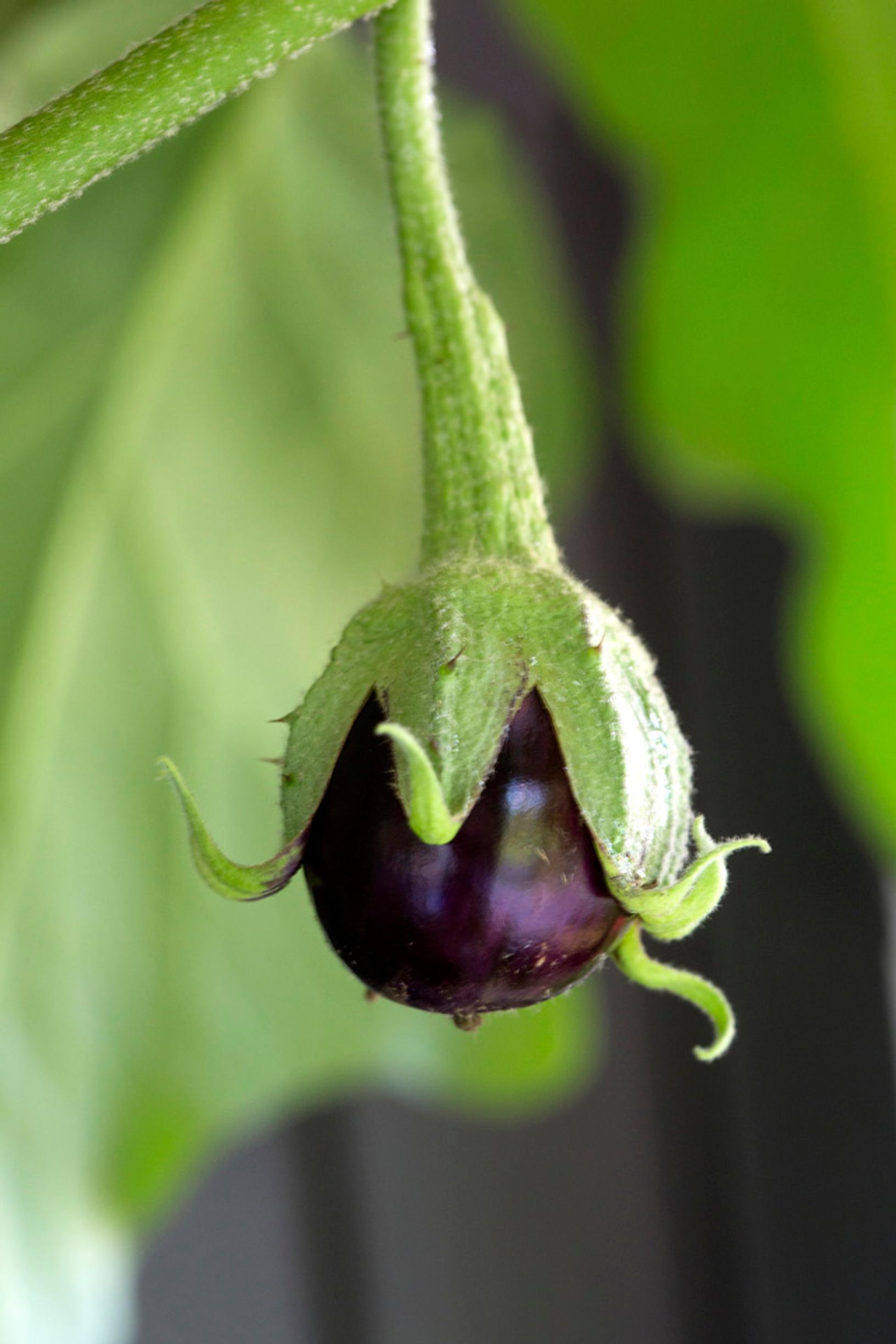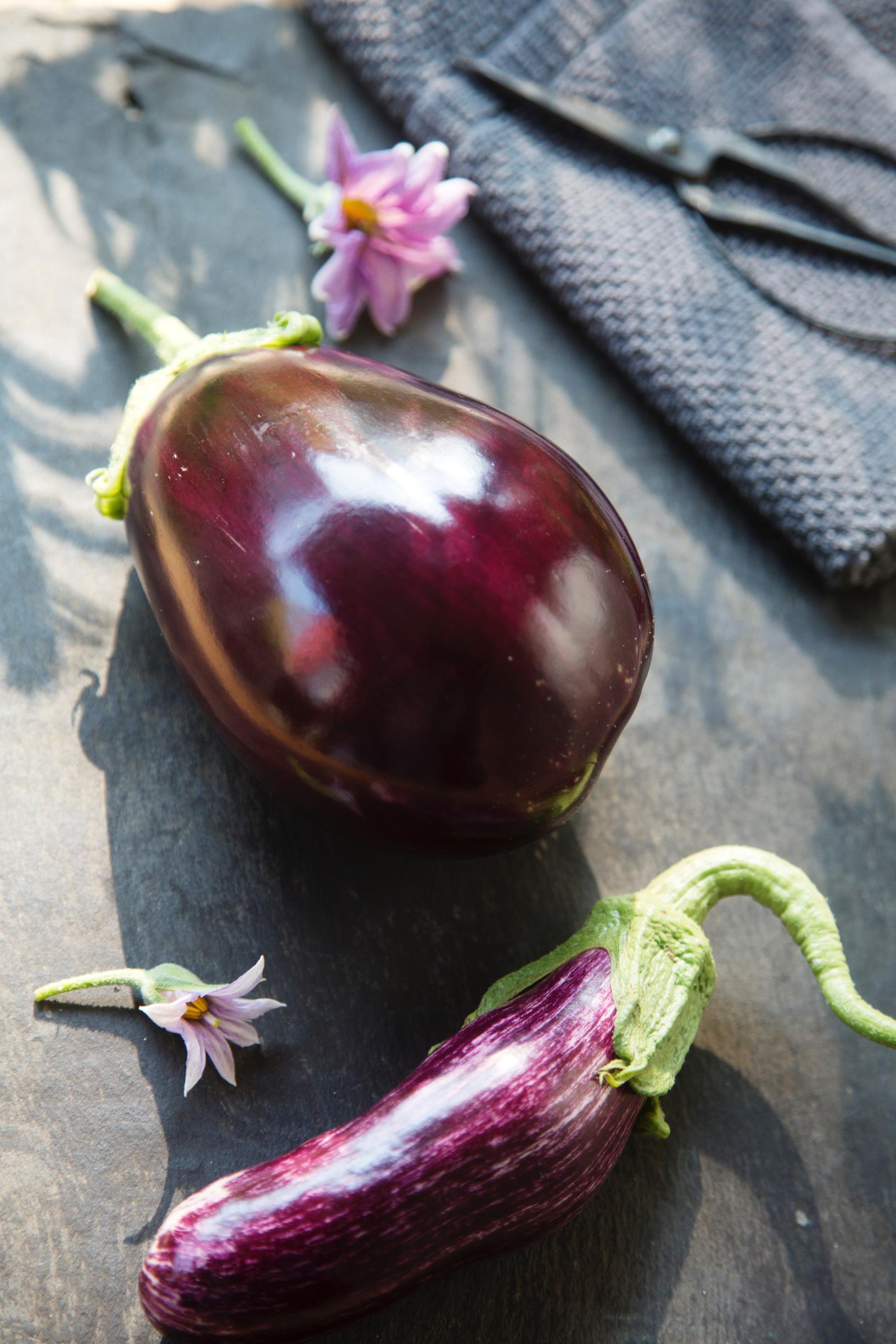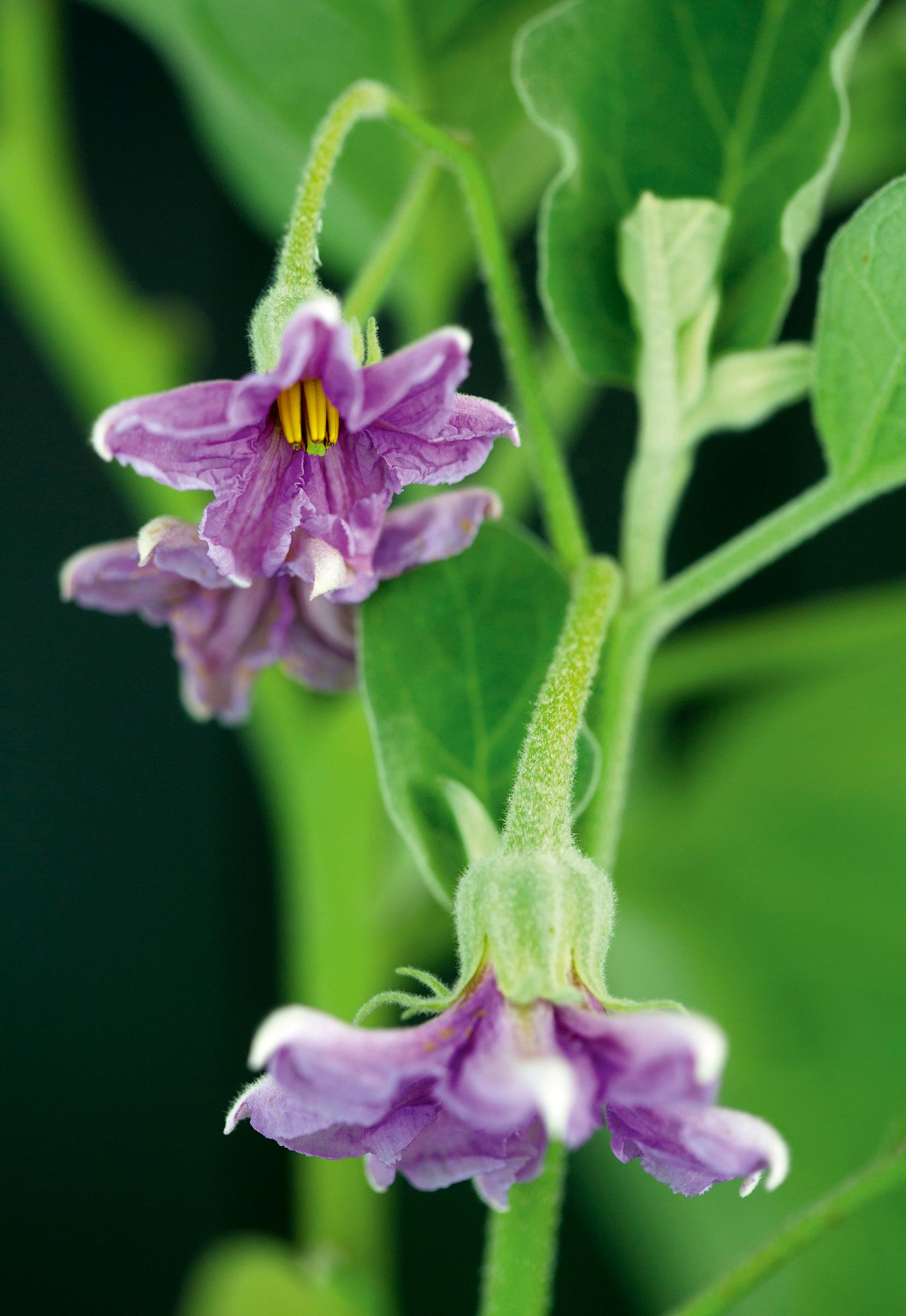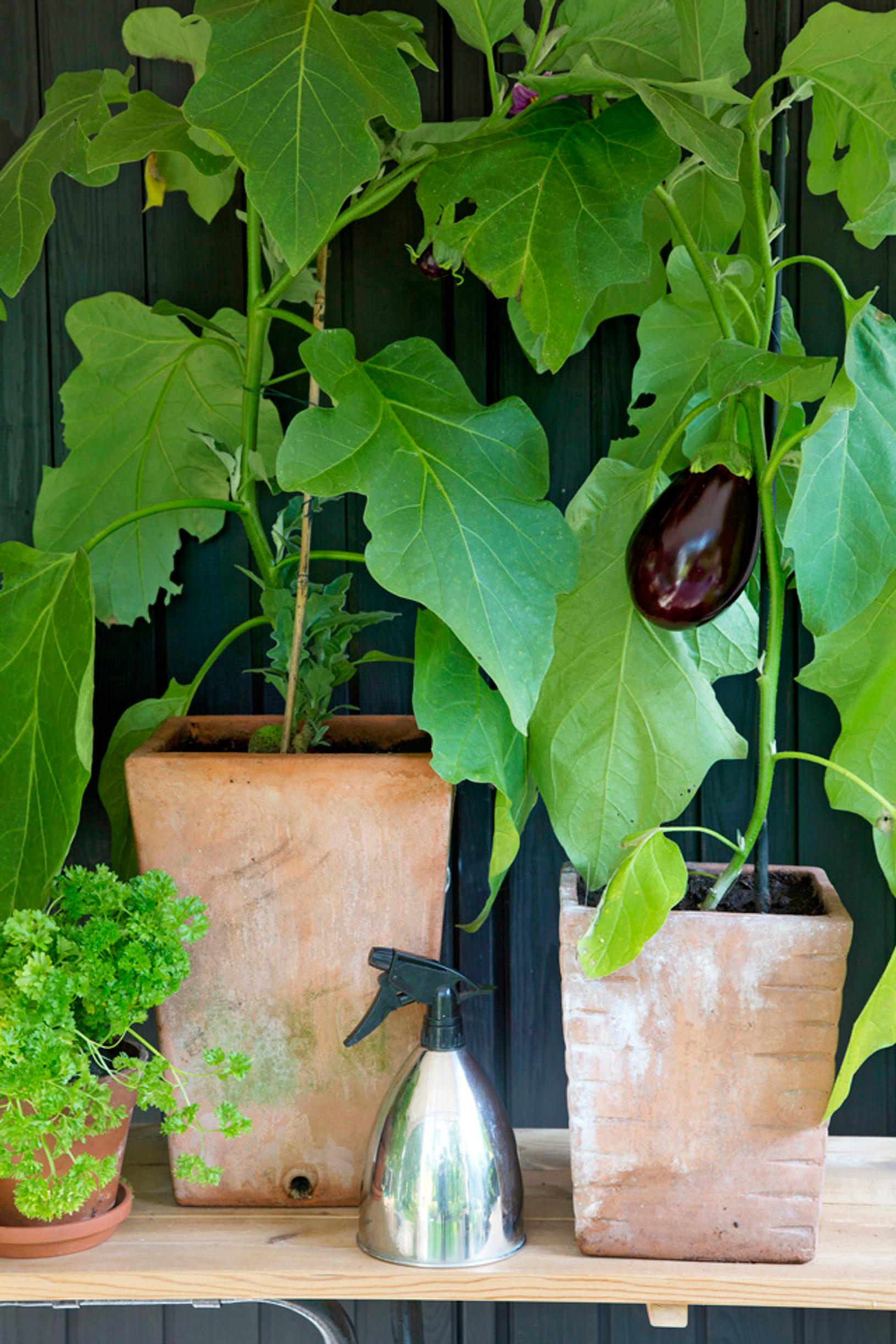
Eggplant is easier than its reputation suggests—with these tips you will get a delicious harvest
Eggplant, also known as aubergine, has a reputation for being fussy. However, small-fruited, bushy varieties can be surprisingly easy and productive. You can grow eggplants from seeds or by using seedlings.
Starting and sowing eggplant seeds
Start growing your eggplant indoors from February to March. This will take about 10–12 weeks. Sow seeds directly in pots and germinate them at 24–30°C. If you’d prefer seedlings, keep an eye on garden centers around May. At this point, seedlings might already have small fruits forming.
Plant each seedling in a 10 cm pot when you can tell plenty of roots have formed. Move them to larger pots when the seedlings are about 30 cm tall.
Growing location and soil
Eggplants need plenty of light and warmth. They thrive on sunny balconies, warm terraces, and in greenhouses. The ideal temperature for them is about 18–21°C. Too little light weakens growth, causes buds to drop, and slows ripening. Remember to keep at least 50 cm between plants so they don’t shade each other.
Avoid sudden changes in conditions, and gradually acclimate the plants to greenhouse or outdoor conditions under a protective row cover. This is especially important if the beginning of summer is cool. Don’t put them outside in chilly weather or plant them in cold soil. Use grow bags or containers filled with airy, nutrient-rich, and limed potting soil.
A sunny, sheltered spot is essential for eggplants. You’ll get the most reliable harvest in a greenhouse.

Topping seedlings
To encourage branching, avoid pruning the top of seedlings. Bush-type and container varieties naturally branch out and need very little cutting.
Topping large-fruited varieties can make them grow very dense, hindering fruit growth and increasing pruning needs. Only top the plant if it’s growing vigorously without flowering. Later, control growth by trimming side shoots and removing non-fruiting branches and large leaves. This also reduces the risk of gray mold.
Supporting seedlings
Eggplant seedlings can grow wide. Support the branches with stakes or ties if needed.
Watering and fertilizing eggplants
First, use a nitrogen-rich fertilizer to help the plant grow large leaves. Once the first flowers appear—or the plant has 5–10 true leaves—switch fully to a potassium-rich fertilizer made for edible crops.
Water thoroughly with warm water, letting the soil dry slightly between waterings. Add fertilizer every time you water.


Other care
Allow 4–6 fruits to mature on large-fruited varieties and remove any extra buds and flowers. Also remove large leaves that cast too much shade. With small-fruited patio varieties, thinning fruits is usually not necessary.
Eggplant pests
Keep an eye on the leaves for pests like aphids and mites.
Harvesting eggplants
Once your eggplants have darkened and are a good size, cut them from the plant with a sharp knife. Overripe fruits slow new ones from developing. The fruits may be elongated, round, or shaped like an egg. Large varieties grow to about 15–20 cm, while patio varieties measure 5–10 cm. Eggplants taste best when their skin is firm and glossy.

Eggplant varieties
Choose an eggplant variety suited to your preferences. Small-fruited types work well in pots. For greenhouses and outdoor growing, you can pick larger varieties. ‘Ophelia’ is a good example of a variety suited to container growing.
Eggplant varieties include:
- ‘Black Beauty’: Heirloom variety. Oval dark-purple fruits. Height under 1 m.
- ‘Patio Baby’ F1: A short, bushy variety. Purple fruits.
- ‘Jewel Amethyst’ F1 and ‘Jewel Jade’ F1: Bred for container growing. The elongated fruits are purple or green.
- ‘Blanche Ronde à Oeuf’: White, egg-shaped fruits. Egg-shaped varieties are also sold without a variety name.
- ‘Applegreen’: Green, oblong-rounded fruit. Good cold tolerance.


